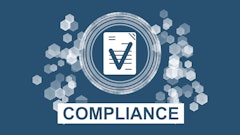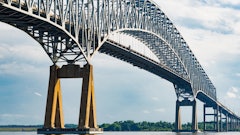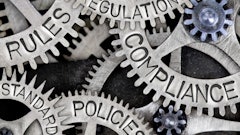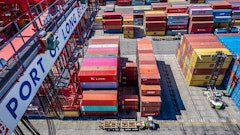
An essential question in setting up a supply chain planning system is when does planning end and execution begin. The answer is fuzzy depending on whom you ask. The nirvana is to have a seamless integration of planning and execution, i.e., no ending and no beginning, just a seamless process. Another way to look at this is when do we stop being proactive and when do we leave things to be reactive. In this article, we discuss how technology enables us to do less planning by having the ability to react faster to changes in demand, natural disasters and other unexpected, but inevitable disruptions in supply chain.
Consider a simple example of planning to meet a friend at a certain location. Before we were spoiled with cell phones, we would accurately set the time and location to meet. And if one did not show up on time, we would start wondering where he or she was, and how much longer to wait. So planning was critical and, if things went wrong, we had very few choices other than wait and wait. Nowadays, the normal mode is: I will call or text you when I am close by. In the meantime, if something went wrong, you would have real-time communication to re-plan. That is, react to changes without too much planning. Another example is 3D printing technology. There is no need to worry about having enough inventory as you can make it as needed.
Technology can offer the means to be a lot faster and react to issues in real time, and therefore, reduce, not eliminate, what needs to be considered when planning your supply chain. However, planning still needs to be responsive. On the other hand, we execute to be reliable. For example, we must plan for an item that has a long lead time to make sure it is available when needed, thus reducing the cost of expediting to ensure good customer service. How little to plan and how much to react varies. A basic axiom in your decision of when and how much to plan is least commitment planning. In other words, no need to commit to any of the resources or purchasing unless you have to. In other words, if you don’t plan ahead, then you increase the cost of operations or drop service level. A good example of such trade-off is the use of multi-echelon inventory optimization (MEIO) systems. They show the trade-off of cost versus delivery performance.
Another important question is how much planning or to what level of detail do we need to plan? Consider an example of planning a road trip to visit family for Thanksgiving. You make a high level plan to decide on dates, and approximate time based on expected traffic and school/work schedules. Obviously, you do not need to plan on the exact minute that you leave home, or where and when you fill up, making sure that you bring the key to the car, etc. Much of the latter is done reactively when needed. Using technology, a few days before, you check how long it takes to get to your destination and send a message to your host regarding your estimated time of arrival. When you get in the car, execution begins, combined with some short-term planning that includes taking some shortcuts, and stopping for gas and coffee.
At a much lower and detailed level of execution, your shock absorbers are taking all the bumps in the road in order to ensure a comfortable ride—this is completely reactive and no planning is done at this level. If the ride is not too comfortable because of the road condition, you do not change the entire plan and cancel the visit: You choose an alternative route to get back on schedule as fast as possible (which is called turnpike planning).
When and if there is a traffic jam, you use technology to find an alternative route in real time. If there is a breakdown, you call for help in real time, and also send a message to your host updating him or her on your time of arrival, thus taking care of unexpected issues in real time, even though they were not part of the original (sales and operations planning, or S&OP) plan. How well you execute the plan depends on how good was your original plan of leaving the house early enough and mitigating the risks. At the same time, you use short-term plans (or execution) to avoid risks and/or to make up for the undesired events.
Thus, we need to have an integrated system of S&OP that feeds into a system of sales and operation execution (S&OE) to be able to react to all the bumps in the road using supply chain planning, factory planning and even sequencing to absorb all the unexpected shocks from the shop floor, including machine breakdowns, late arrival of supplies, demand changes, natural disasters, quality and yield issues, and so on.
As stated above, S&OP helps with responsiveness and S&OE ensures reliability of deliveries. The more reactive you are, the less planning is needed and vice versa. Technology enables you to react faster and perform planning more frequently to get as close to reactive planning as possible. The ability to react to changes fast implies less inventory and less operation cost, and much better customer service.


























